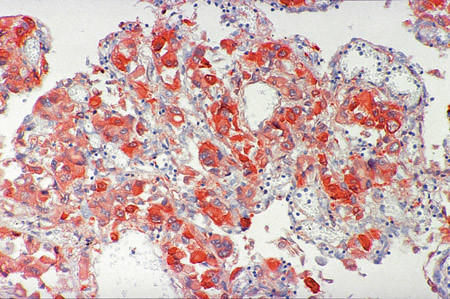Proponents of Mesotherapy emphasize that risks of treatment are minimized because lower doses of compounds are injected into a relatively small area. However, there are certain known and potentially unknown risks associated with Mesotherapy.
The majority of known Mesotherapy Risks are in and around the injection site. Skin may become pigmented or scarred, and these changes may not fade with time. Other changes, such as swelling, pain and bruising, typically subside after treatment. In some people, a severe local reaction to substances injected may result in ulceration and subsequent scarring. There may also be a systemic and potentially life-threatening allergic reaction to injected drugs. Infections due to poor injection practices are often reported among patients of unlicensed Mesotherapy practitioners. These infections may require treatment with expensive antibiotics.
There is some concern in the medical community that several compounds commonly used in Mesotherapy have unproven benefits and unknown risks. There are many Internet sites that sell such compounds. However, most of them are located overseas and are therefore outside the jurisdiction of the US Food and Drug Administration (FDA). The purity of compounds sold by such sites cannot be verified. To date, the FDA has not approved any compound for use in Mesotherapy, even if such a compound is approved for other uses. Additionally, the American Society of Plastic Surgeons does not endorse Mesotherapy because it is not a scientifically proven method.
Many Mesotherapy treatments require ongoing maintenance, and the costs involved in such maintenance therapy may be underestimated initially. This can be a financial risk because Mesotherapy is not covered by health insurance plans. There may also be emotional risks, particularly with treatments that require adherence to a diet and exercise plan. If such a plan is not followed, the body may revert to its pre-Mesotherapy appearance, causing stress.
My Links : Digital Frame Ferret Instant car insurance quote Auto free insurance quote white water rafting maine














